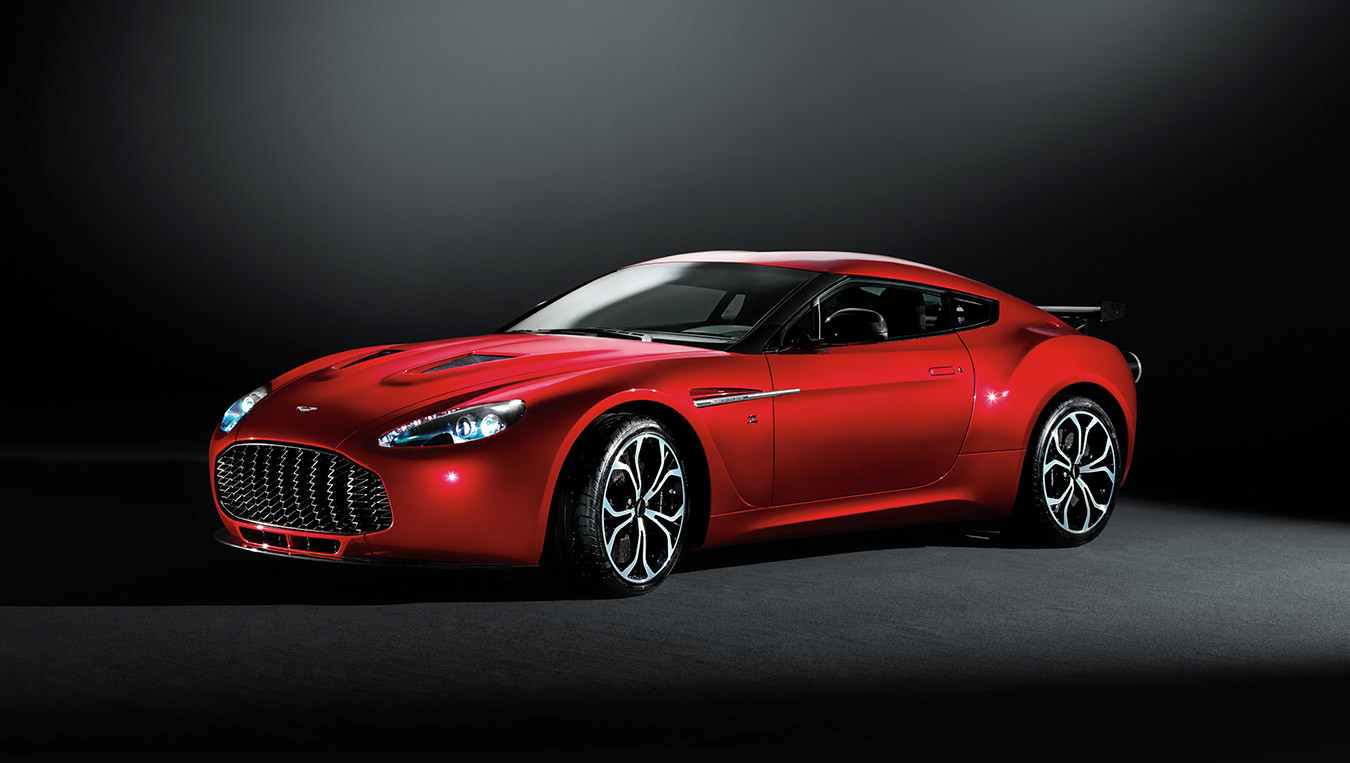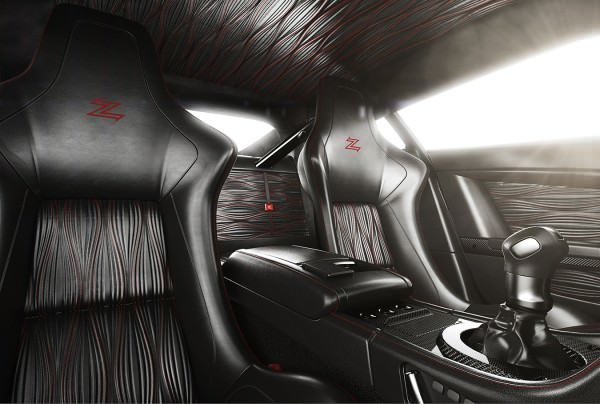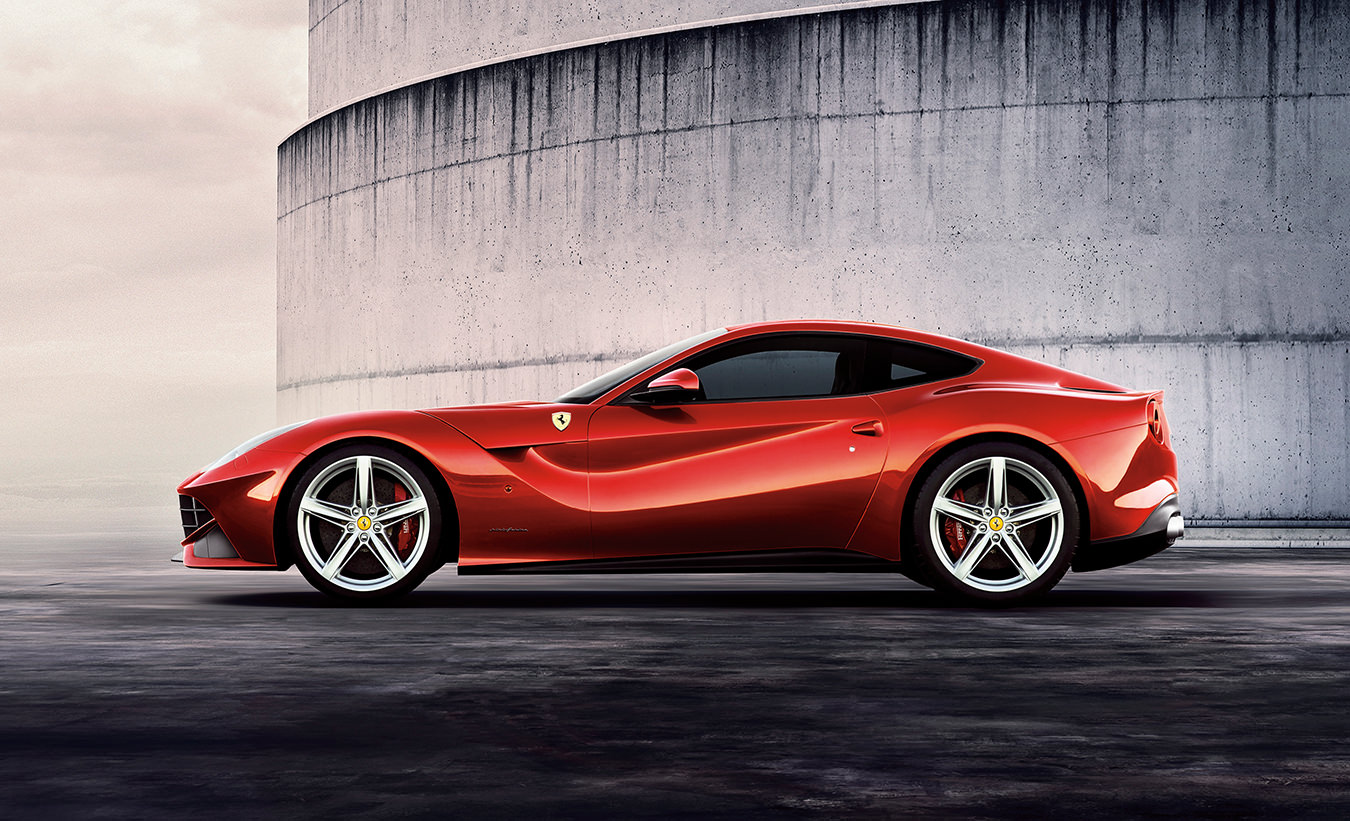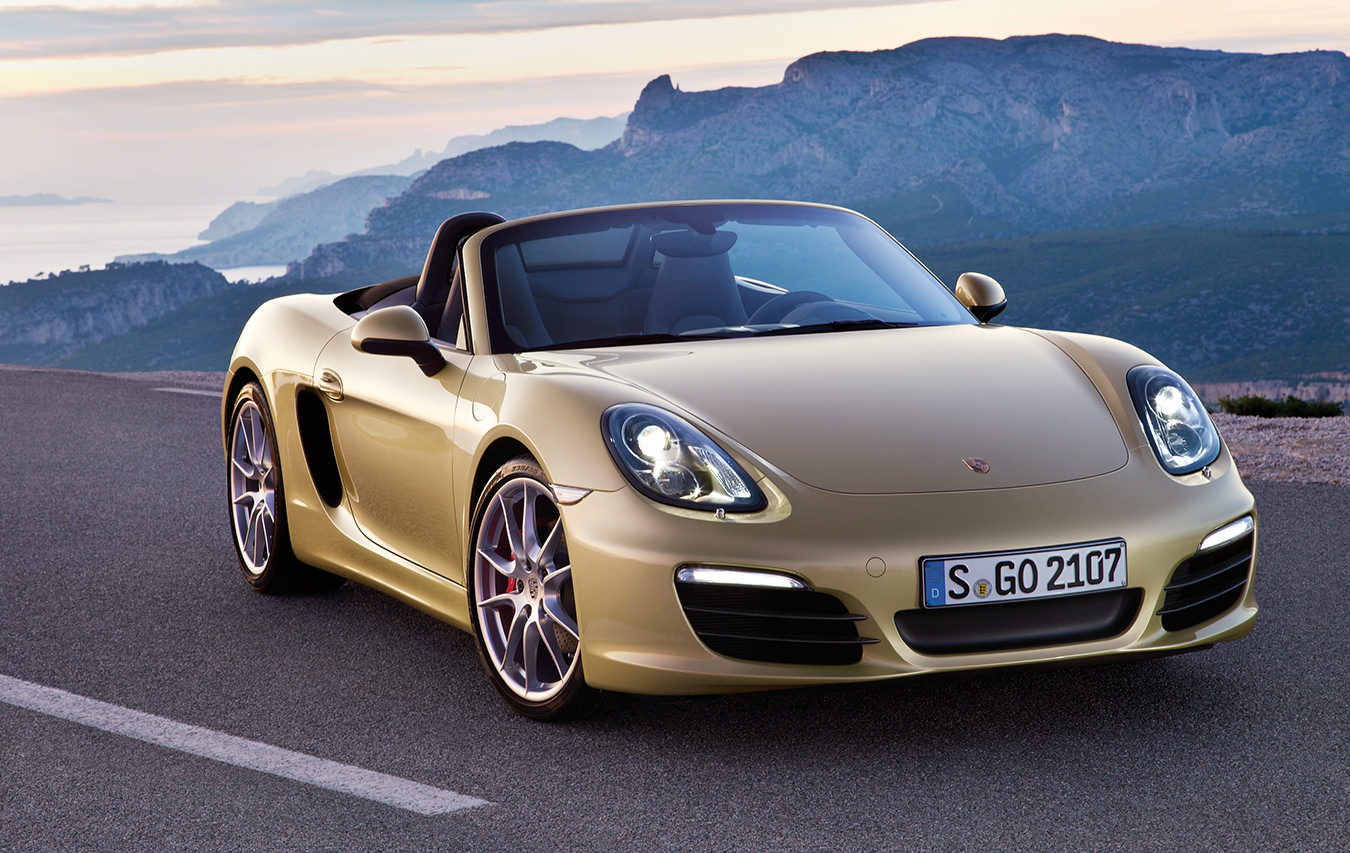The 2012 Aston Martin V12 Zagato
Object of automotive art.

The 2012 Aston Martin V12 Zagato.
Let’s get one thing straight right from the start: the Aston Martin range comprises some of the most desirable sports cars on the planet—period. While the cars aren’t the fastest, the most outrageous, or the most expensive, they nevertheless have that elusive cool factor that brands everywhere in every category aspire to attain.
For a car manufacturer, ultimate cool comes down to this: heritage, design, racing success, and exclusivity. Tick all four boxes and you’re in like Flynn; fall down in just one of those categories and you face the risk of being considered an also-ran.
While manufacturers such as BMW, Mercedes-Benz, and Porsche have some undeniably cool cars in their respective fleets, they also have some models that miss the mark—mainly because of such mundane considerations as functionality and affordability. (And since when was functionality or affordability ever cool?)
Being considered ultracool is very good for the health of any brand—and the purveyors of fine automobiles at Aston Martin Lagonda know this well. First off, in most markets, their cars are expensive across the board—the cheapest rings in at about $111,000—so they’ve got the exclusivity angle covered. (The Aston Martin Cygnet is a subcompact based on the Toyota Scion iQ, but it’s not available in North America.)
In terms of racing success, Aston Martin contested in the very first Le Mans 24 Hours in 1931 and has returned, on and off, ever since, scoring numerous top finishes along the way. Their V8 Vantage has also become the basis for many race cars competing in series around the world—it has forged a reputation as a fast and reliable machine.
Heritage? Check. Aston Martin has been in business since 1913—it was first known as Bamford & Martin, then took on the Aston Martin name the following year—and is arguably stronger than ever, despite many periods of strife and turmoil. Let’s also not forget that part of this heritage includes a much-publicized, ongoing relationship with a certain secret agent.

When it comes to design, the manufacturer from Gaydon in Warwickshire, England, is responsible for some of the sexiest cars in the business—full stop. And if the ultimate cool factor is based upon the four pillars mentioned above, then the 2012 Aston Martin V12 Zagato just may be the coolest car in existence. First, the car represents the next chapter in the story of a partnership between Aston Martin and Italian coach builder Zagato, a relationship that goes back more than 50 years.
The first and (until now) most famous car to emerge from this collaboration was the 1960–63 Aston Martin DB4GT Zagato. This ultraexclusive car—only 19 were ever produced—took a solid performer in the DB4GT and made it more aerodynamic, curvaceous, and lighter. Everything that wasn’t essential to the car’s performance, including the bumpers, was eliminated, and steel components were replaced with aluminum wherever possible. The result was the stripping away of some 44 kilograms from what was already a lightweight sports car. These days, an original can fetch over $2-million at auction.
When it was decided that it was time to embark on a new collaboration, the wheels turned quickly. “This project started with a simple conversation between [Aston Martin CEO] Dr. [Ulrich] Bez and [Zagato CEO] Andrea Zagato,” recalls Aston Martin director of design Marek Reichman. “It was coming up on the fiftieth anniversary of the DB4GT and it had been about 10 years since our last project together, so it was time to reignite the relationship.”
The first step, as per the tradition in classic coach-building, was to choose an existing Aston Martin upon which to base the project car. Thinking of the DB4GT Zagato, the two companies decided that their foundation needed to be a short-wheelbase sports car with the potential to be a race winner. The answer: the V12 Vantage, which was introduced in 2009. The car is a monster.
The Aston Martin philosophy for extracting performance is largely old school in nature, using lessons learned from racing: Take one large gasoline engine with significant reserves of power. Place said engine in the front of the car, but set back toward the middle so as to ensure better balance. Apply all other track-ready attributes, including a lightweight body, a six-speed manual transmission, a rear-wheel drive layout, a fully independent suspension system, and massive carbon-ceramic brakes. Shake well, then serve.
Of course, this is a vast oversimplification, because the V12 Vantage also has all the technological advances found in any modern supercar worth its salt. But if your objective is to drive at terrifying speeds on an unlimited-speed road or around a truly terrifying racetrack, it’s best to employ a car that uses proven thinking to meet the challenge.
The Aston Martin V12 Vantage certainly fits the bill. Its six-litre engine develops 510 horsepower and 420 lb-ft of torque at 5750 rpm, sufficient to push the car from 0 to 100 kilometres an hour in 4.2 seconds and to a terminal velocity of 306 kilometres an hour. Yet despite these entirely worthy figures, the defining characteristic of the car is not its sheer pace, but rather its sublime handling. Long story short, it’s a very special car, and it was the ideal starting point for a custom-designed, limited edition offshoot. But there were challenges.
Total lifetime production of the 2012 V12 Zagato will be limited to just 150 cars. “This was all about producing something that will be a collectible and not a consumable,” says Marek Reichman, Aston Martin’s director of design.
“It was about finding out the essence of both brands,” Reichman says, describing the early stages of the design work. “We took the summer [of 2010] to get the theme arranged, then the development came very quickly after that. We brought the project into the studio here, did some sketches and then clay models. As a team, we chose the theme, then met with the Zagato designer for his input. Our objective was to make certain the car would be very raw and very emotional in its surface language.”
With the design approved, it was full steam ahead. Two examples of the Zagato were built at the Aston Martin factory in Gaydon—these “pre-production” versions were earmarked for competition at the ADAC 24h Rennen Nürburgring, one of the most gruelling races in the world, a round-the-clock clinic in mechanical insensitivity. There was precious little time to get the cars ready, something along the order of 10 months.
The Aston Martin V12 Zagato was a winner even before it hit the track. In May 2011, the car made its worldwide debut at the prestigious Concorso d’Eleganza Villa d’Este in Cernobbio, Italy. Entered in the concept cars and prototypes class, the V12 Zagato took first place. A month later, the pair of pre-production cars—dubbed Zig and Zag, and painted in green and red in honour of their Italian partners—raced at the 2011 Nürburgring.
“It’s always the case with our efforts at the Nürburgring,” says Reichman. “We’re there to test the engineering and the reliability of our road cars. It gives you that credence as well. If you happen to own one of the first DB4GT Zagatos and know that it raced well, then it’s important to know that the anniversary car is also a racer.” While neither Zig nor Zag won the race, they both finished, a noteworthy achievement considering the speed with which the cars went from drawing board to racetrack, and the inherent hazards of the event.
Fast-forward another nine months to March: The final production version of the 2012 Aston Martin V12 Zagato bowed at the 2012 Geneva International Motor Show. Once again, a crowd was rendered speechless. At the show, representatives from Aston Martin took early orders for the car, which, despite its dizzying price tag of €330,000 ($430,000 Canadian), is flying off the proverbial shelves. Total lifetime production will be limited to just 150 cars.
The production car is, of course, slightly different from the race versions, which featured hand-beaten bodies made of light-gauge aluminum and carbon fibre. The road car uses a combination of carbon fibre (for the front and rear fenders, door sills, and trunk lid) and aluminum (for the doors and signature “double-bubble” roof). But the design team maintains that the production Zagato is “within millimetres” of the race version—it even sports a racy rear wing. It takes some 2,000 hours for the factory to produce one car; the paint job alone takes 100 hours.
“This was always going to be a car for a very specific customer,” says Reichman. “Zagato does things that are like haute couture, in a way. This was all about producing something that will be a collectible and not a consumable. If you imagine being a car collector and having the original Aston Martin Zagato, then the 2012 Aston Martin V12 Zagato would be a great companion piece.”



